Substation Technologies
SUBSTATION AUTOMATION AND INTEGRATION PROGRAMS
3-D Design for Electrical Substations
Substation Technologies
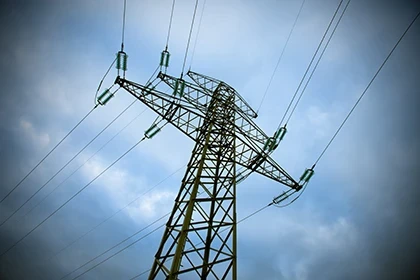
Vibration and Noise Control in T&D
It is very often that “just putting some rubber” to isolate structures creates an inefficient or even a vibration isolation problem, without taking into account the characteristics of the whole system: such as media environment and temperature, material stiffness adjusted to the application load, surface area, material transmissibility, as well as pad design techniques, like shape factor conformity. These are fundamental to a good anti-vibration material selection and consequent noise reduction.
Through experience in T&D...
Related Articles
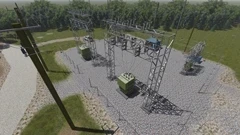
3-D Design for Electrical Substations
Exploring 3-D design techniques for electrical substations BY MIKE MINELLI, & HAROLD HARKONEN, Nordmin Engineering Since the 1970s, engineering consulting firms typically have been designing substations using two-dimensional computer aided design software (CAD). This common technique produces...

Gas Dehydration
Sulfur hexafluoride (SF6) insulates medium- and high-voltage switchgears around the world. In its pure form, this non-toxic, inert gas helps the power transmission & distribution (T&D) industry operate more safely by extinguishing high-temperature arcs. With a much higher...
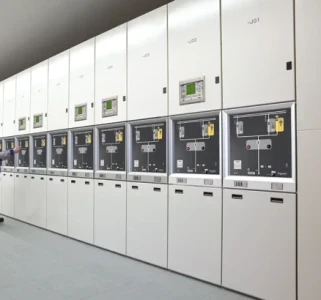
Selecting Substation Medium-Voltage Switchgear: GIS vs. AIS
Understanding differences between GIS and AIS in five points BY GAETAN DJENANE, Schneider Electric, Inc. Many considerations must be taken into account before selecting the electrical medium-voltage (MV) switchgear that best meets a user’s needs. From a management perspective,...

Storm-Hardened Switchgear
How to protect electrical equipment from Mother Nature BY ROBERT A. MURPHY, Trayer Engineering Corporation The U.S. National Weather Service called Hurricane Sandy the most destructive storm of 2012’s unusually active Atlantic hurricane season. Sandy delivered unprecedented damage across a wide...
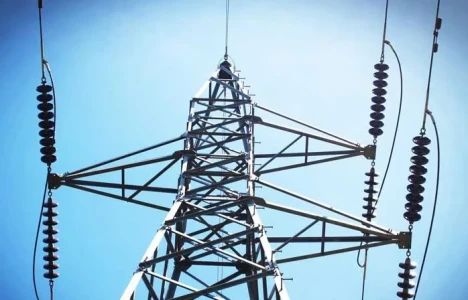
FERC Complaint Targets Duke, PJM Transmission Planning
A coalition of large energy consumers and ratepayer advocates has filed a complaint with the Federal Energy Regulatory Commission (FERC), urging the agency to prohibit transmission owners from independently planning "local" transmission projects exceeding 100 kilovolts (kV). The coalition argues...
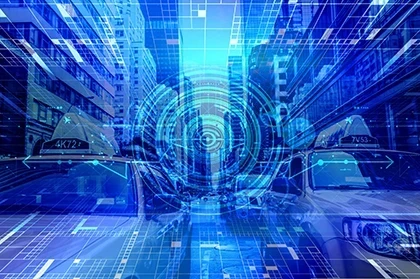
Digital Twins for Substations: Bridging the Physical and Digital Worlds
In the rapidly evolving landscape of power grid management, digital twin technology is emerging as a game-changer for substations. By creating virtual replicas of physical assets, digital twins bridge the gap between the physical and digital worlds, enabling enhanced operational efficiency and...

Climate Change Strains Global Electricity Networks: A Wake-Up Call
The increasing frequency and intensity of climate-related disasters are placing unprecedented strain on the world's electricity networks, with severe implications for global energy security. According to a recent Bloomberg report, the effects of climate change are pushing many electricity grids to...
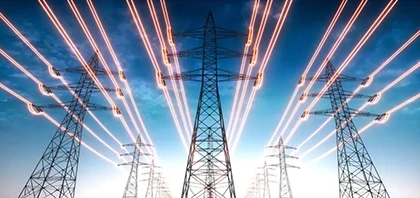
High Voltage Direct Current (HVDC) Substations: Revolutionizing Long-Distance Power Transmission
High Voltage Direct Current (HVDC) technology revolutionizes long-distance power transmission, offering improved efficiency and reliability over traditional alternating current (AC) systems. This article explores the latest developments and applications of HVDC substations, providing a technical...
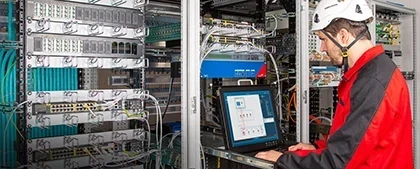
Cybersecurity in Modern Substations: Protecting the Grid from Emerging Threats
As substations become more interconnected and automated, they are increasingly vulnerable to cyberattacks. These critical nodes of the power grid are essential for ensuring a stable and reliable energy supply, making their protection paramount. Strengthening substation automation controls is key to...
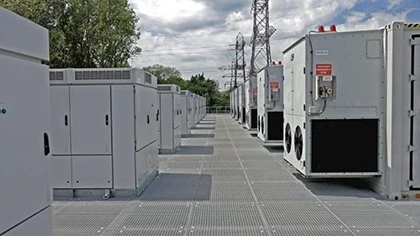
Grid-Scale Battery Storage Systems and Their Impact on Substation Operations
The transition to renewable energy is reshaping the power landscape, with grid-scale battery storage systems playing a pivotal role in this transformation. These systems are crucial for balancing supply and demand, particularly at the substation level, where they enhance grid stability and...
